Which of the following pairs of structures does not represent isomers?




The correct Answer is:D
To determine which of the following pairs of structures does not represent isomers, we will analyze each option based on their molecular formulas and structural differences.
1. Identify the Molecular Formula:
- For each pair of structures given in the options, write down the molecular formula for both compounds.
2. Check for Isomerism:
- Isomers are compounds that have the same molecular formula but different structural formulas.
- If two compounds have the same molecular formula but differ in their connectivity or functional groups, they are considered isomers.
3. Analyze Each Option:
- Option 1:
- Compound A: C5H6O
- Compound B: C5H6O
- The double bonds are in different positions (1 and 4 for A, 1 and 3 for B).
- Conclusion: These are positional isomers.
- Option 2:
- Compound A: C6H5O
- Compound B: C6H5O
- One is an alcohol, and the other is an ether.
- Conclusion: These are functional isomers.
- Option 3:
- Compound A: C6H6O
- Compound B: C6H6O
- One is an ether, and the other is a ketone.
- Conclusion: These are functional isomers.
- Option 4:
- Compound A: C5H6O
- Compound B: C5H6O
- Both compounds have the same structure (double bonds at positions 1 and 4).
- Conclusion: These are not isomers; they are identical compounds (homomers).
4. Final Decision:
- The pair of structures that does not represent isomers is Option 4.
- For each pair of structures given in the options, write down the molecular formula for both compounds.
- Isomers are compounds that have the same molecular formula but different structural formulas.
- If two compounds have the same molecular formula but differ in their connectivity or functional groups, they are considered isomers.
- Option 1:
- Compound A: C5H6O
- Compound B: C5H6O
- The double bonds are in different positions (1 and 4 for A, 1 and 3 for B).
- Conclusion: These are positional isomers.
- Option 2:
- Compound A: C6H5O
- Compound B: C6H5O
- One is an alcohol, and the other is an ether.
- Conclusion: These are functional isomers.
- Option 3:
- Compound A: C6H6O
- Compound B: C6H6O
- One is an ether, and the other is a ketone.
- Conclusion: These are functional isomers.
- Option 4:
- Compound A: C5H6O
- Compound B: C5H6O
- Both compounds have the same structure (double bonds at positions 1 and 4).
- Conclusion: These are not isomers; they are identical compounds (homomers).
- The pair of structures that does not represent isomers is Option 4.
Similar Questions
Knowledge Check
- Question 1 - Select One
Which of the following pairs of structures does not represent isomers?
A B
B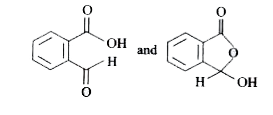 C
C D
D
- Question 2 - Select One
Which of the following pairs of structures does not represent resonating structures?
ACH3−O∣∣C−CH3andCH3−OH∣C=CH2B C
C DCH2=C=OandөCH2−C≡⊕O
DCH2=C=OandөCH2−C≡⊕O - Question 3 - Select One
Which of the following pairs of structures represents facial and meridional isomers resectively ?
A B
B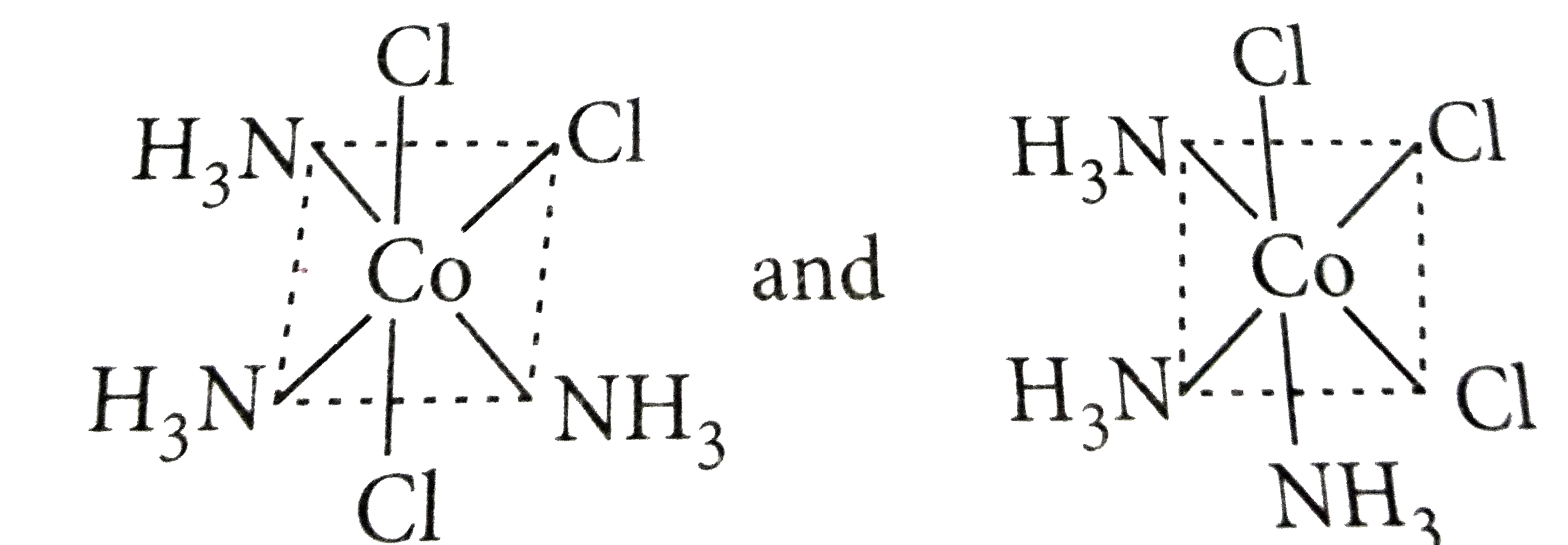 C
C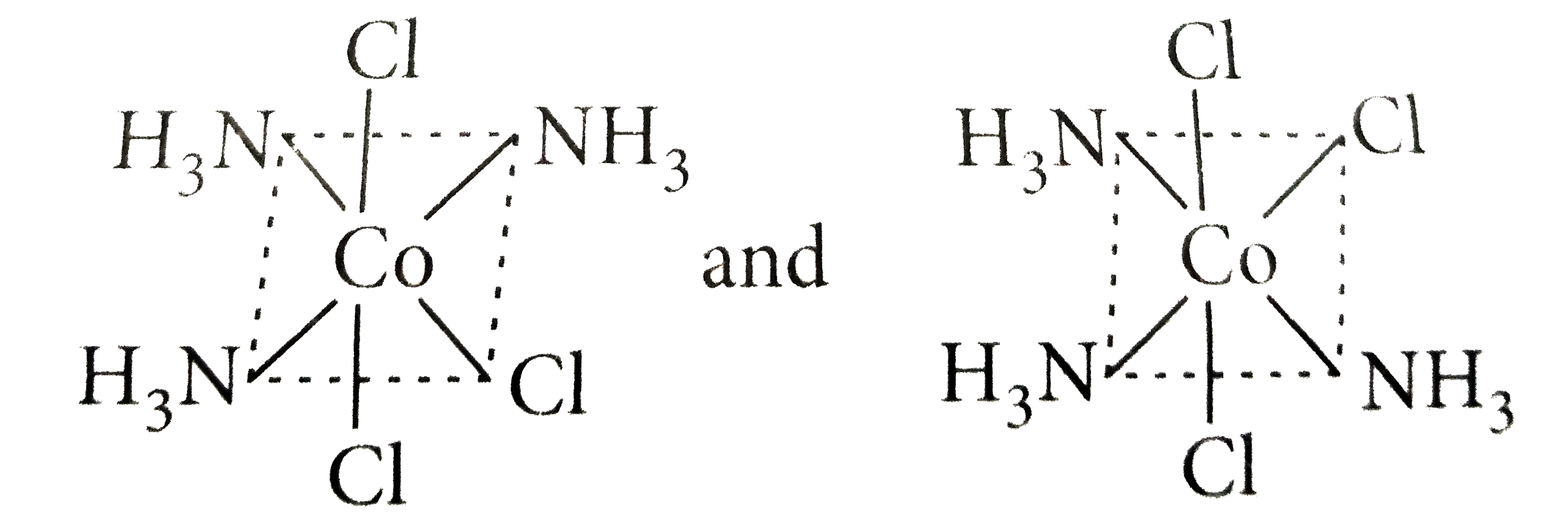 D
D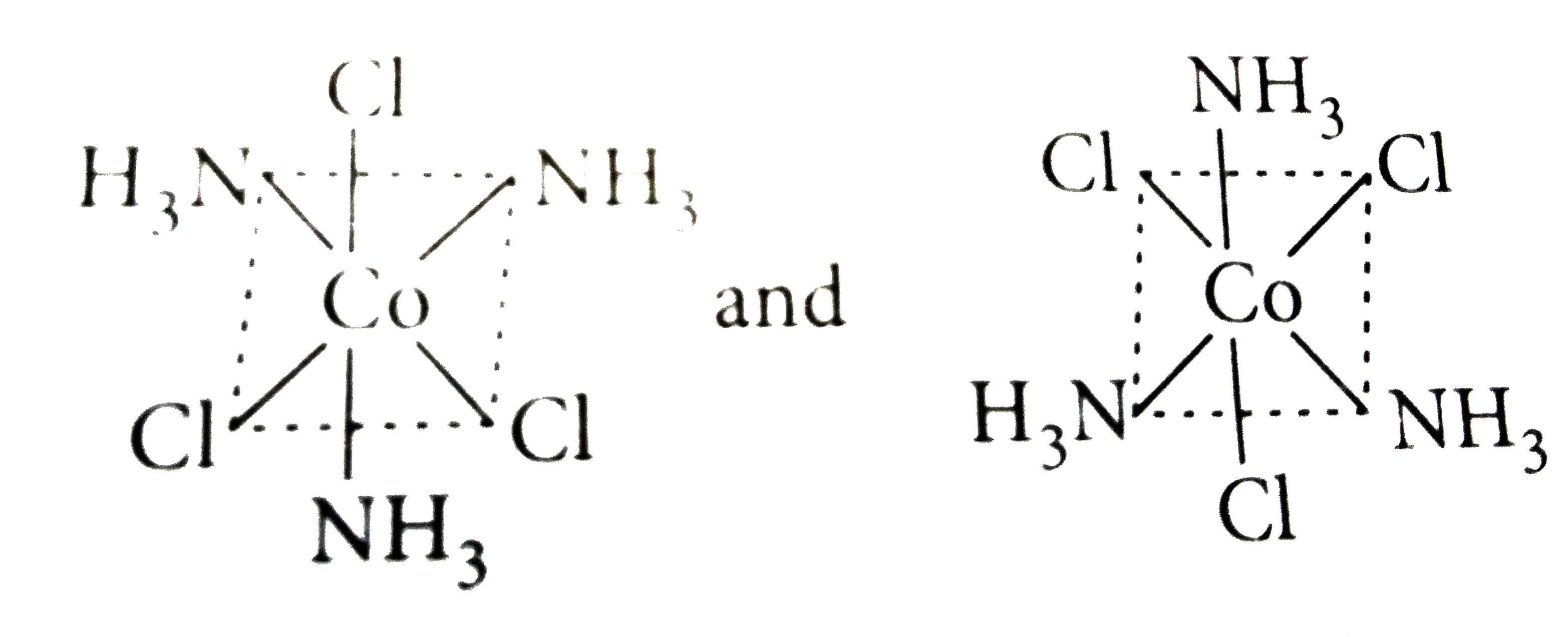
Which of the following pairs of structures represent facial and meridional isomers (geometrical isomers) respectively ?
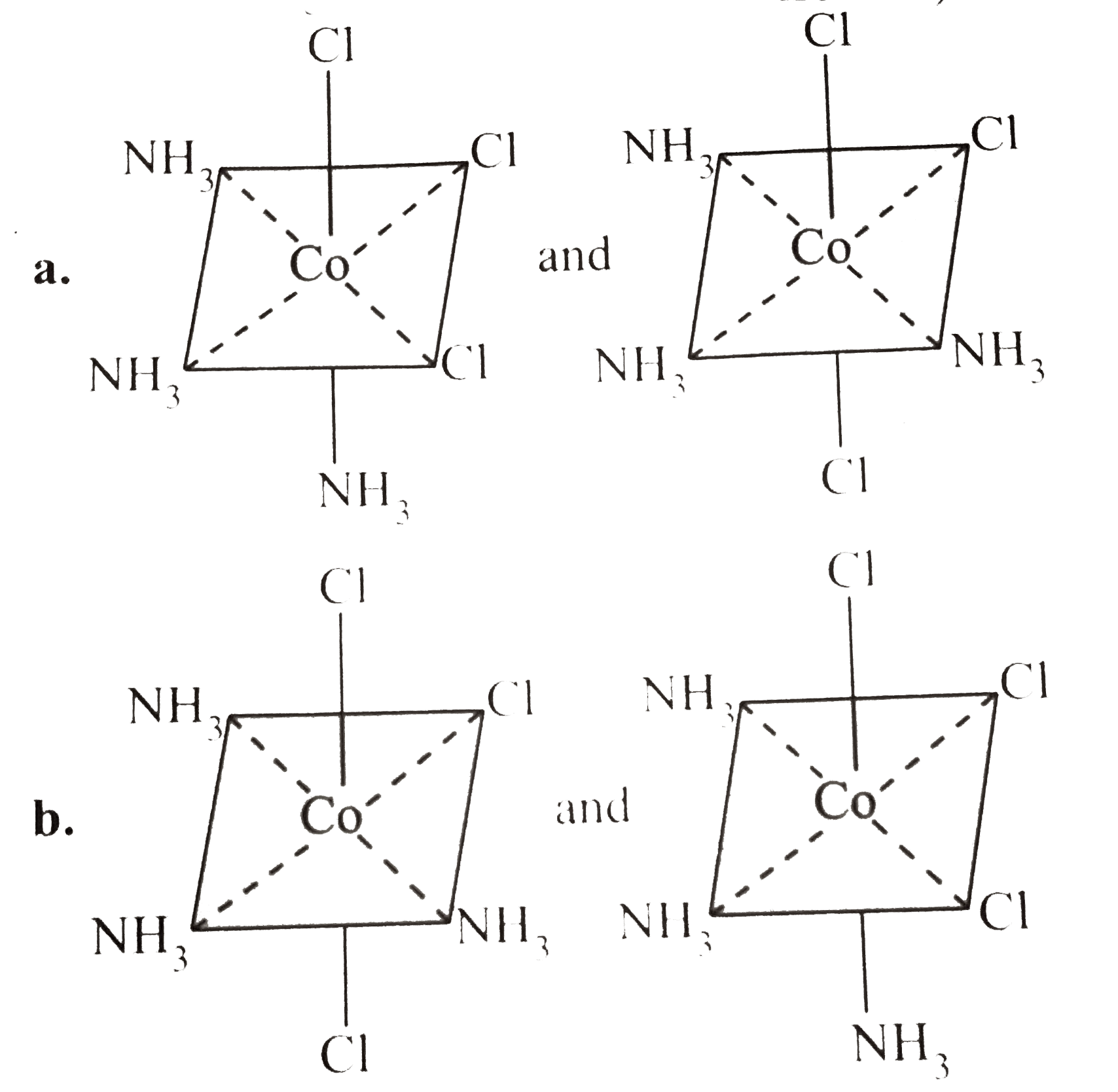
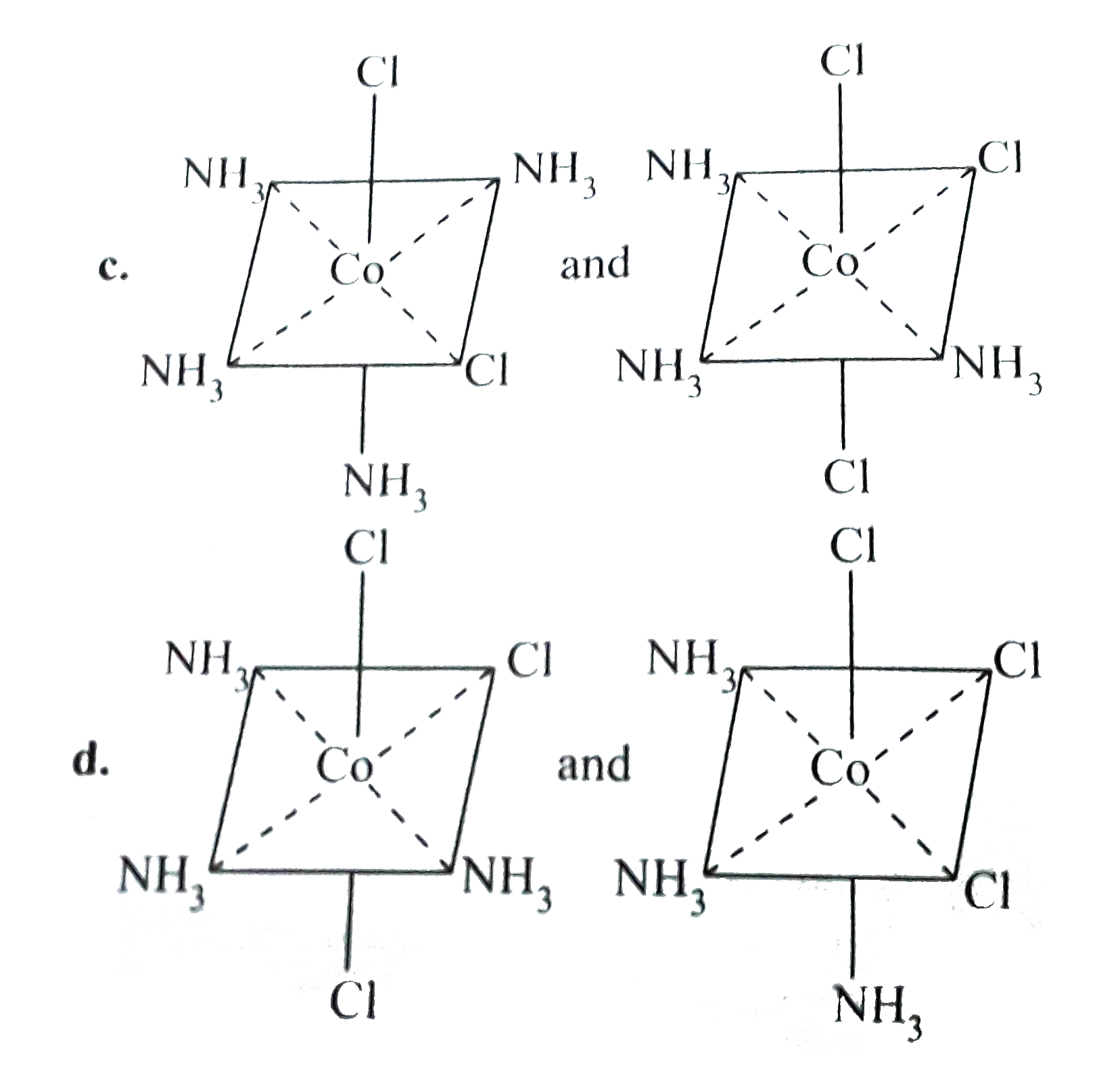 .View Solution
.View SolutionWhich of the following pairs of structures is homologous?
View SolutionWhich of the following pairs of structures shows geometrical isomerism ?
 View Solution
View SolutionWhich of the following pairs of structures represents conformation isomers?
View SolutionWhich of the following pairs of structures is not a pair of resonating structures?
View Solution

